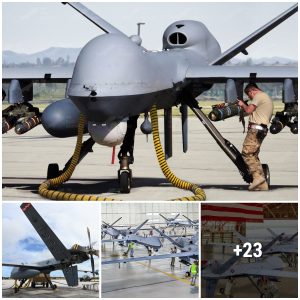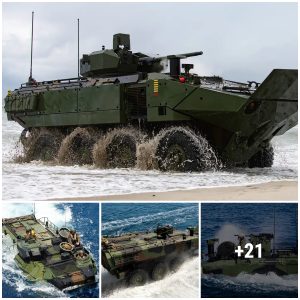Having implemented a highly effective military modernisation program, India’s Air Force is today among the most potent in the world and fields world leading fighter platforms. The backbone of its air superiority capabilities come from over 300 Su-30MKI air superiority fighters, the most potent fourth generation platforms in the world other than the Su-30MKII and Su-35.
In a supporting role India fields approximately 70 MiG-29UPG light multirole fighters and approximately 60 Dassault Mirage 2000 fighters, potent high end light platforms capable of serving complementary role to the Sukhois. At the lower end of its inventory, older MiG-21 light fighters are set to be replaced by the domestically manufactured fourth generation HAL Tejas multirole fighters – of which 220 are planned for induction.
Though based on a second generation design, the MiG-21 is without peer in its ability to incorporate upgrades allowing them to remain useful even in a modern Air Force – as demonstrated by China’s continued production of heavily modernised variants of the platform until 2013.
India’s Air Force inventory makes it a world leading arial power, and the air superiority capabilities of its Su-30MKI fleet in particular are matched by few other nations. Indeed, only China, the United States and Russia have air superiority capabilities which exceed those of the Indian Air Force.
In June 2017 it was announced that India sought to acquire F-16 fighters, and that these fighters would be manufactured in India and enter service in the Indian Air Force.
This acquisition raised the question – why would India require a forty year old fourth generation fighter considering its limited capabilities relative to the aircraft already fielded by the country. The F-16, while formidable in its time, is today being phased out by all first rate and modern military powers which operate them.
The United States, Britain, Denmark, Japan and Israel among others are currently replacing their F-16 inventories with more modern fighters. Italy has already completely phased out the old fighter and even Egypt, hardly a world leading aviation power, has abandoned the F-16 for superior and more modern fourth generation fighters – the MiG-29, MiG-35 and Dassault Rafale.

Much like the F-5 before it, the F-16 was designed as a lighter less costly fighter to sell to U.S. allies – far less capable than the heavier and more costly F-15. The F-16 today adds no capabilities to the Indian Air Force which it does not already possess.
Indeed the design of the F-16 is far older than any aircraft the Indian aircraft currently operates, with the MiG-29 and Mirage 2000 in service since the 1980s and the Su-30MKI in service since 2002. Indeed the MiG-29 and Mirage 2000 fulfil the same roll as the F-16 as light multirole platform but arguably do so more effectively.
In recent years only nations with second or third rate air forces and budgetary restraints have continued to purchase the F-16, with all its other operators either maintaining and upgrading their existing fleets or phasing out and replacing the fighters. Ultimately the F-16 is nearing the end of its long lifespan as a competitive fighter design, and for a nation to acquire it and expect it to remain viable and able to content with a modern air force in future is highly unlikely.
This was attested to by several prominent Indian defence analysts, such as Rahul Bedi, who projected that the F-16 would soon be obsolete and was being dumped on India by the United States. To put India’s decision to purchase the F-16 as late as 2017 in perspective, the only other nations still acquiring the fighter are Bahrain, Iraq and Colombia – all of which have poorly funded third rate air forces.
While advocates of India’s acquisition of the F-16 argue that India will gain significantly from technological transfers, as the fighters are being manufactured in India, India’s defence industries likely would have little use for the F-16 technology. Not have such fourth generation technologies today been widely proliferated and become easily obtainable, but India has proven that it has already acquired substantial fourth generation technological capabilities with the manufacture of the HAL Tejas.
In addition India will have access to far more advanced fifth generation technology already due to its participation in the HAL FGFA program with Russia – which itself involves substantial technological transfers. As such India has little need for fourth generation technological transfers from the F-16.
It appears that India is not serving its defence interests well by acquiring old fighters considering that it already has world leading capabilities and access to what is arguably the world’s most advanced fifth generation technology of the HAL FGFA. Whether there are political motives for the F-16 acquisition are unknown, but while it may make for stronger defence ties with the United States it will do little to serve and may in fact hinder the capabilities of India’s highly potent and modern Air Force.






